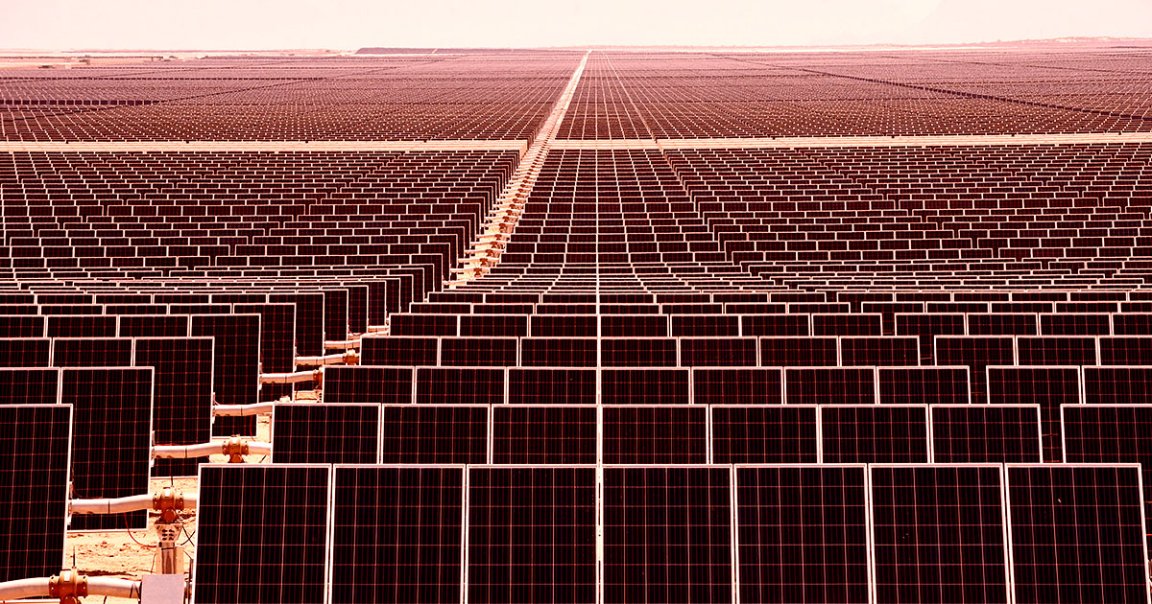
Going Subzero
The supply of renewable energy is soaring across Europe, to the point where the cost of electricity is dropping to zero — and even, in some rare instances, going negative.
On one hand, that’s a boon for plenty of consumers, not to mention the environment. But businesses are now starting to worry that these upside-down economics could cause the demand for bigger and better renewable power projects to taper off, Bloomberg reports.
“Negative pricing is going to slow down the deployment of renewable capacity for most players,” solar developer Sonnedix CEO Axel Thiemann told the outlet. “That affects your ability to invest at reasonable levels.”
Free Lunch
It’s a bizarre inversion of benefits and incentives. Negative power prices occur when high power generation coincides with low demand, something that tends to happen most often on public holidays. As a result, renewable energy providers offer up electricity for negative prices.
In short, they’re essentially paying buyers to take on excess power. (In reality, though, taxes and transport costs usually mean that consumers will still have to pay.)
Negative prices first occurred in Germany in 2008 and initially remained rare. But according to EU market monitor ACER, those instances rose twelvefold — an “explosion” — in 2023 compared to the previous year.
So far, 2024 has continued the trend. In May, an unusually high number of sunny days saw power prices in Denmark plunging below zero for a record amount of time. In Germany, solar producers have been struggling with negative prices, throwing the energy market into chaos. In California, which gets a quarter of its electricity from solar, prices went negative during the day in April, indicating that plenty of energy is being wasted.
Add it all up and it highlights the growing need for energy storage that can redistribute power when demand is high and supply is low — a galling grid problem that’s spurred a host of exotic potential solutions.
Investors are also growing wary of dropping revenues, which could ironically disincentivize them from investing in new renewable power sources.
In April, Spain’s energy minister Teresa Ribera warned that negative power prices in the country could slow down investments, despite consumers benefiting greatly.
Experts predict the trend of increased negative energy prices could continue for another decade or so, per Bloomberg — so for now, get used to this strange new world.
More on renewable energy: California Now Has So Much Solar Power That Electricity Prices Are Going Negative During the Day